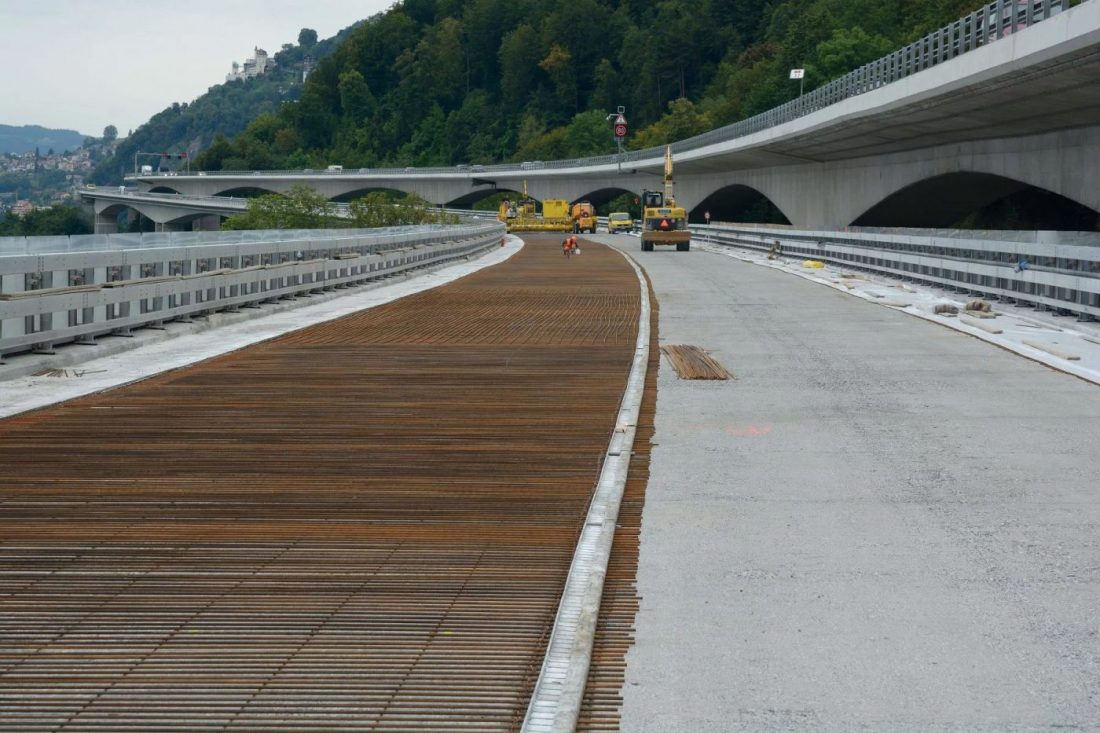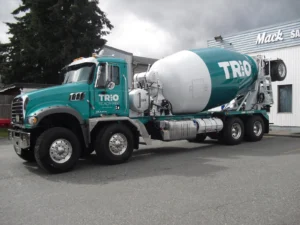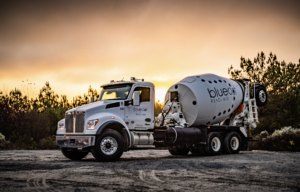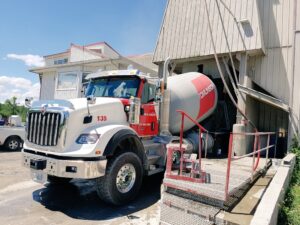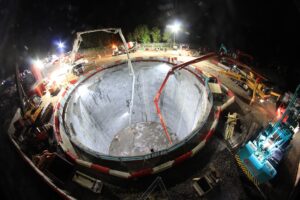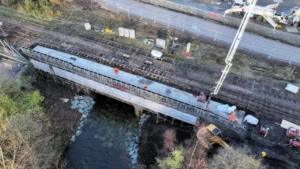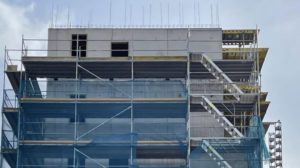HIGH PERFORMANCE CONCRETE
UHPC Solutions was formed when Posillico and WALO teamed up to offer a unique, ultra-high performance concrete (UHPC) solution for bridge rehabilitation and seismic structures. UHPC is reinforced with a combination of ingredients including steel fibers, silica fume, and quartz flour. The result is a more durable, cementitious-based material with exceptional properties.
Unlike traditional concrete with a compression strength in the 3,000 to 5,000 pounds per square inch (psi) range, UHPC achieves up to 29,000 psi. The combination of strength, durability, and water proofing qualities makes UHPC ideal for reversing damaged or structurally deficient, heavy load bearing structures. These include bridges, highway overpasses, viaducts, and other infrastructure projects.
Learn more about UHPC Solutions here
PROBLEM
Break-Tests Take Time
Although UHPC is a proven engineering solution for accelerated bridge rehabilitation, many States specify the use of cylinder break-tests to verify strength.
The main problems UHPC Solutions encountered in this bridge project were waiting for break-test results to confirm UHPC had met specified strength and quality delayed resource decisions by field crews, and their ability to plan construction schedules. These delays often resulted in additional costs for the contractor while operational personnel “waited.”
Wired Thermocouples
UHPC Solutions wanted the ability to independently monitor concrete temperature during the curing process – to ensure the product was setting to full strength and would pass material testing. In the past, they had used wired thermocouples, which are often specified by some U.S. States in addition to cylinder break-tests.
Thermocouples require cumbersome wires extending from the formwork which get plugged into a handheld device. “We learned quickly that the wired thermocouples were very impractical in the field and difficult to use,” says Scott Facompre, Estimator for UHPC Solutions. “We wanted the real-time data without the hassles that come from plugging wires into a machine,” he adds. UHPC Solutions turned to Giatec’s SmartRock – in essence, a “wireless thermocouple”.
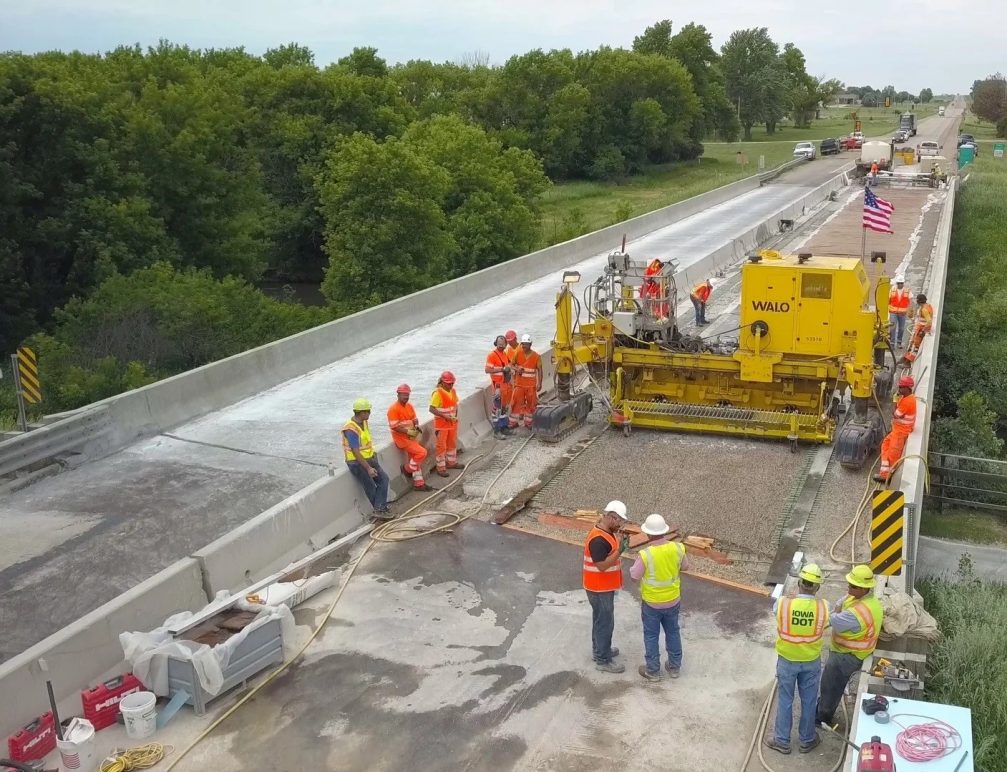
SOLUTION
World’s Leading Wireless Concrete Sensor
SmartRock’s wireless sensors are installed directly on the rebar. Temperature and strength readings are sent wirelessly to an intuitive mobile app on any handheld smart device. Users can access and share a broad range of real-time data from any location. This includes a live overview with temperature and maturity, mix calibrations, project management information, and data history presented along a maturity curve. “We were very interested and immediately saw the potential for project efficiency gains,” says Facompre.
SmartRock Results Validated
In February 2019, UHPC Solutions decided to independently test SmartRock on a new bridge in Delaware. The project involved pre-cast deck panels connected with concrete. In this case, the State required cylinder break tests. thermocouples were optional. However, the field crew was keen to test SmartRock’s ability to wirelessly provide temperature, strength and maturity data in real-time. Cylinder break-tests later confirmed the accuracy of SmartRock’s wireless sensors.
“The reliability of SmartRock’s data helped us estimate the strength of the overlay and move forward more easily with curing and live loads on the deck,”
Scott Facompre, Estimator, UHPC Solutions
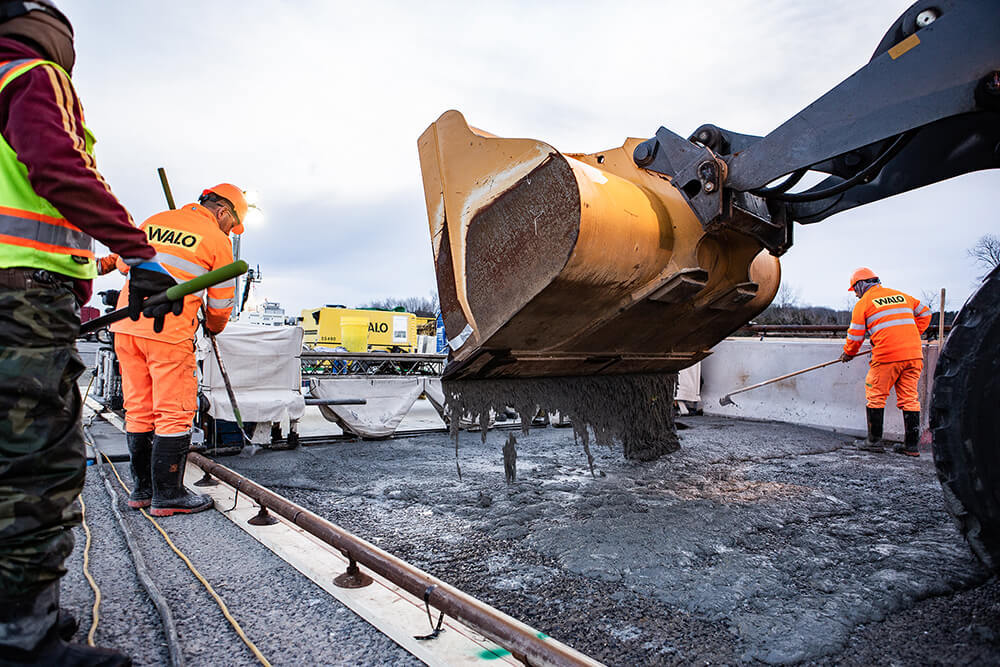
RESULTS
100% Wireless Sensors Going Forward
Impressed with the depth and accuracy of the data provided – and ability to easily export and share data – UHPC decided to use SmartRock on a new project in New Jersey. In this case, the State required that thermocouples be used in addition to cylinder breaks. Facompre says that “at that point, we definitely made a decision that we were 100 percent going with SmartRock’s wireless sensors over the wired thermocouples.” He says they “had no interest in going back to the wired ones” with the requirement to check each sensor manually.
The project required 18 sensors, involving five or six longitudinal joints, six to eight pre-cast panels, and approximately 30 yards of fill material for a bridge that spanned roughly 120 feet. Work crews were checking the sensors at the end of the day and seeing that we were getting 3,000 to 4,000 psi from the initial pours. “So on the same day we were able to quickly check and look for ourselves, well before any cylinders would have been even picked up for testing,” says Facompre.
Interested in reading more about SmartRock sensors? Click here!
Peace-of-Mind
According to UHPC Solutions, in addition to being able to get accurate real-time data independently of cylinder breaks, one of the most important benefits from using SmartRock is peace-of-mind. “SmartRock gives a contractor a lot of relief from seeing that the ultra-high-performance concrete material is doing exactly what it’s supposed to do and confirm that very quickly,” says Facompre.
Demonstrates a Commitment to Quality and Efficiency
Although some States may specify the use of thermocouples, UHPC Solutions has decided to independently incorporate SmartRock to demonstrate greater efficiency, innovation, and a commitment to quality. A case in point is an upcoming project in Delaware where UHPC Solutions decided to include SmartRock sensors even though thermocouples are not required. “We think the contractor and hopefully inspectors will feel a bit better about having that real-time data presented so easily throughout the project’s life cycle,” says Facompre.
He also says that using SmartRock shows innovation and staying current with new technologies that improve efficiency. “We’re bringing new technology to the forefront that many people don’t know anything about,” he says. “Compared to everything else that we’ve seen out there, this is by far the most user friendly and compatible tool that we’ve seen for capturing real-time data,” he adds.
